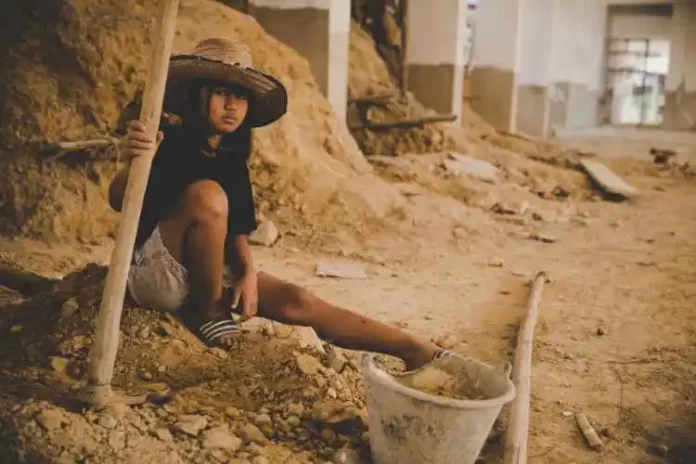Childhood should be a time of innocence, laughter, and learning. However, in India, the reality is far from this ideal. Child labour persists as a harsh and alarming issue, with millions of children being denied their right to a proper education and a carefree childhood. This article will delve into the grim reality of child labour in India, shedding light on the reasons behind its prevalence, its consequences, and the steps that can be taken to address this pressing concern and ultimately stop child labour.
The Prevalence of Child Labour
Child labour is a deeply rooted problem in India, affecting both rural and urban areas. Despite significant economic growth in recent years, the country continues to struggle with high rates of child labour. According to the International Labour Organisation (ILO), there are an estimated 10.1 million child labourers in India, aged between 5 and 14 years old. These children are often engaged in hazardous and exploitative work, such as brick kilns, factories, agriculture, and domestic servitude.
Causes of Child Labour
Poverty
Many families living in impoverished conditions are forced to send their children to work to supplement their meagre income. These families often lack access to necessities, such as food, clean water, and healthcare, making child labour a means of survival.
Lack of Education
Inadequate infrastructure, insufficient schools, and a need for qualified teachers make it challenging for children, particularly in rural areas, to receive a proper education. As a result, many children are compelled to work instead of attending school.
Social Norms
Certain societal norms and attitudes also perpetuate child labour. In some communities, it is considered acceptable for children to work from a young age, as it is seen as a way to teach them valuable skills and responsibilities. This cultural acceptance of child labour further complicates efforts to eradicate the practice.
Consequences of Child Labour
Stunted Development
Child labour robs children of their right to a healthy and fulfilling childhood. Working long hours in harsh conditions can lead to physical and emotional trauma, hindering their overall development. These children are denied the opportunity to play, learn, and grow, which can have lasting consequences for their future.
Health Risks
Child labour exposes children to numerous health risks. Many of them work in hazardous environments without proper safety measures, leading to injuries, illnesses, and even fatalities. Malnutrition is also common among child labourers, as they often lack access to nutritious food.
Cycle of Poverty
Child labour sustains the cycle of poverty by depriving children of education and pushing them into poorly compensated work. This increases the likelihood of them being trapped in a poverty cycle during adulthood. The repercussions extend beyond their futures, impacting the economic development of the country.
Efforts to Combat Child Labour
Legislation and Enforcement
India has enacted laws and regulations aimed at curbing child labour, such as the Child Labour (Prohibition and Regulation) Act 1986. Efforts to strengthen enforcement and increase penalties for violations are crucial in reducing child labour.
Education Initiatives
Investing in education is critical to eradicating child labour. Initiatives that focus on improving school infrastructure, increasing access to quality education, and providing incentives to families to send their children to school can make a significant impact.
Social Awareness
Raising awareness about the consequences of child labour and changing societal attitudes is essential. Campaigns and advocacy efforts can help shift public perception and create a more supportive environment for children’s education and well-being.
Support for Vulnerable Families
Providing support to families living in poverty is vital. Access to healthcare, nutrition programs, and vocational training for parents can help alleviate the economic pressures that lead to child labour and facilitate the journey to stop child labour.
Conclusion
The reality of child labour in India is a harsh and complex issue that cannot be ignored. Addressing this problem requires a multi-faceted approach that includes legislative action, education initiatives, social awareness, and support for vulnerable families. It is the collective responsibility to work towards a future where every child in India can enjoy the innocence and opportunities that childhood should bring.
